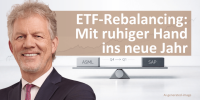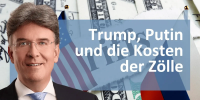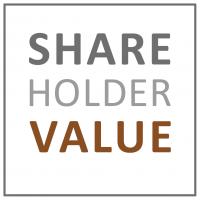The recovery in the Nordic bond markets is ongoing. The DNB Fund High Yield returned 2.0% in August. Please find the returns for the different share classes in the table below.
We successfully launched a Swiss Francs hedged share class on July 13th. It looks like it was a good time for a launch of a new share class as it returned 3.35% in the ongoing recovery of Nordic High Yield
bonds.
Market environment
Markets continued to perform well in August. Macroeconomic figures improved somewhat, but from very low levels. The activity in the primary market picked up, for both new and existing issuers. Cash holdings and demand are still perceived as good amongst investors. Expansive monetary policies are indirectly and additional increasing demand for high yield bonds.
Fund performance
Returns were good during august with roughly 2% across all share classes. We participated in some new issues, and examples are Kistefos, Navigator, Teekay LNG and Ijsbeer Energie. There has been some inflow to our funds in Norway and in Luxembourg. The AuM if the Luxembourg domiciled DNB High Yield fund is now around 450m EUR.
There are some companies asking for small adjustments in their loan agreements, but requests and solutions are mostly considered constructive. In addition we have a few restructuring cases, which are expected to take some time.
Outlook for the fund
Returns have been good in the Nordic high yield market recently. Despite this, yields are still good and return potential the same. In the few issues with default expectations, current prices already reflect this and we believe the high yield market will provide good risk adjusted returns in the future.
Nordic economies
We are starting to get a picture of the damage done to the Nordic economies during the first half of 2020. Norwegian mainland GDP dropped by 6.3% in Q2, bringing the cumulative GDP drop to 8.3% since year-end 2019. However, the bottom was reached in April and the monthly figures show healthy growth in May and June (2.2% and 3.7%, respectively). Thus, the development is mainly in line with the estimate from the central bank (-6.1% in Q2) and the Norwegian economy seems to be on track for a fall in GDP of around 3.5% for 2020 as a whole.
Clearly a weak outcome in an absolute sense but given estimates from the ECB of a 8.5% drop in GDP in the Eurozone and an estimate from the Fed of a drop of 6.5% in the US, the outcome for the Norwegian economy is relatively strong in these pandemic times. The Swedish GDP dropped 0.1% in Q1, less than in most other countries in Q1 because of less strict Corona measures. In Q2 the Swedish GDP dropped by 8.6% q/q. For 2020 as a whole we estimate that GDP in Sweden will fall between 4.5% and 5%.
Oil price and exchange rates
The oil price was relatively stable between 44 and 46 USD/bbl. in August. There were no major news from the oil market and global demand has improved as economies slowly have been opened up.
Both the SEK and NOK strengthened somewhat in August along with continued improved risk sentiment. The NOK strengthened more than the SEK probably based on short term NOK interest rates coming up a bit in the anticipation of a somewhat earlier first rate hike from the Norwegian central bank than in other jurisdictions. Relatively strong macroeconomic performance and a strong increase in house prices now point to a first rate hike from Norges Bank around mid-2022.
Kind regards from Luxembourg,
Hagen-Holger Apel
To view our High yield blog please click here






